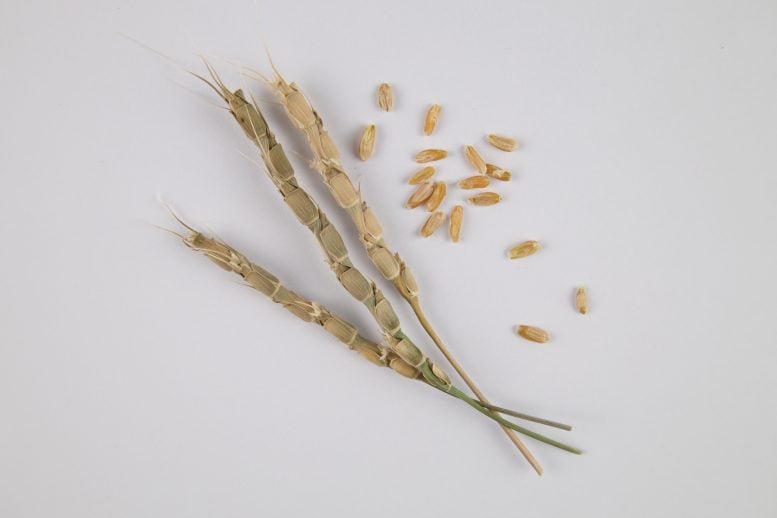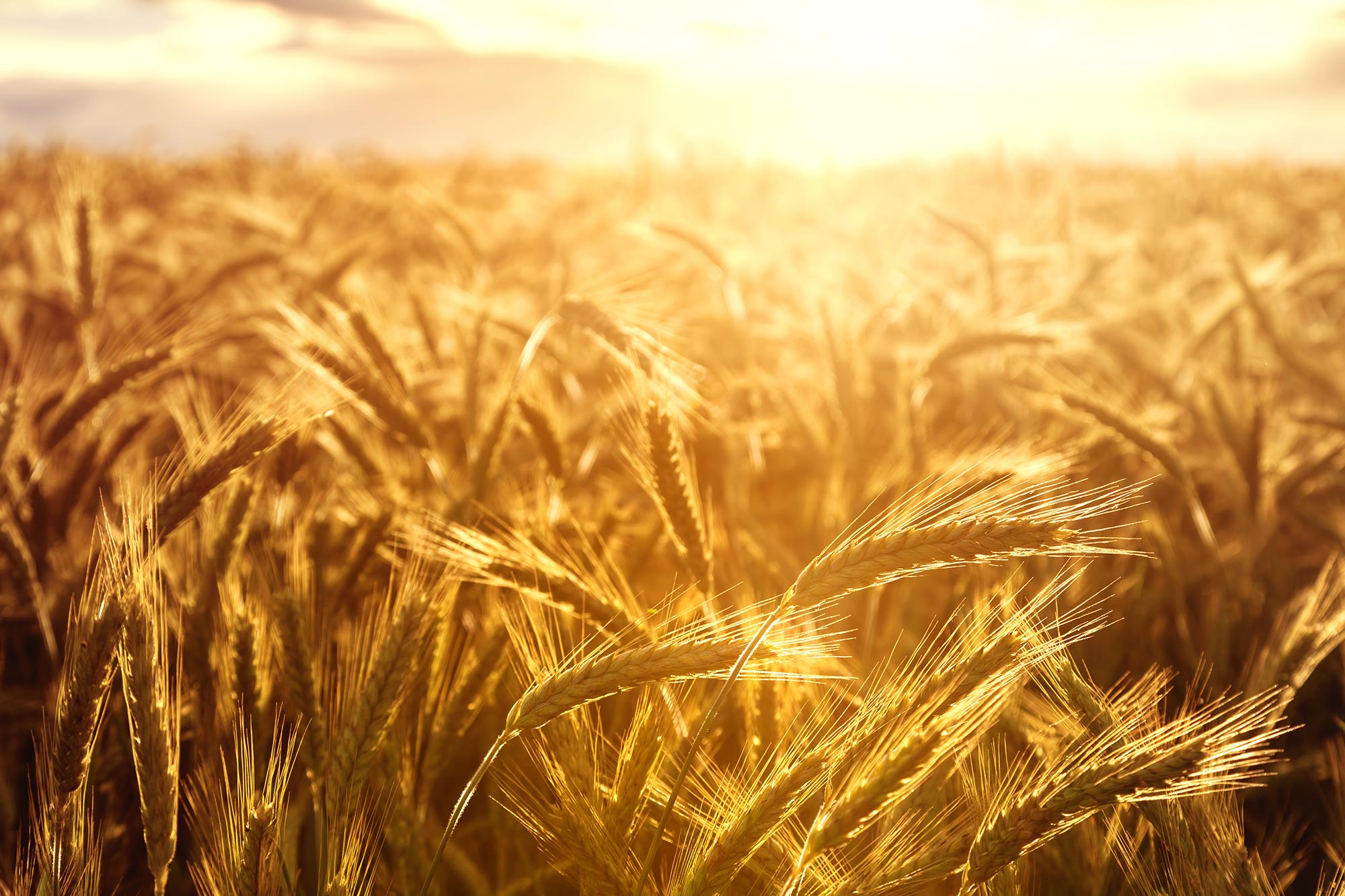A study has elucidated how bread wheat’s genetic diversity, stemming from Aegilops tauschii, spurred its global spread and agricultural dominance, providing essential resources for future wheat breeding.
A significant international study has revealed how bread wheat played a pivotal role in transforming the ancient world, eventually becoming the staple crop that now sustains a global population of eight billion.
“Our findings shed new light on an iconic event in our civilization that created a new kind of agriculture and allowed humans to settle down and form societies,” said Professor Brande Wulff, a wheat researcher at KAUST (King Abdullah University of Science and Technology) and one of the lead authors of the study which appears in Nature.
Professor Cristobal Uauy, a group leader at the John Innes Centre and one of the authors of the study said: “This work exemplifies the importance of global collaboration and sharing of data and seeds across countries; we can achieve so much by combining resources and expertise across institutes and across international boundaries.”
Genetic Diversity and Bread Wheat’s Origins
The secret of bread wheat’s success, according to the research by institutes that make up the Open Wild Wheat Consortium (OWWC), lies in the genetic diversity of a wild grass called Aegilops tauschii.
Bread wheat is a hybrid between three wild grasses containing three genomes, (A, B and D) within one complex plant.
Aegilops tauschii, an otherwise inconspicuous weed, provided bread wheat’s D-genome when it crossed with early cultivated pasta wheat in the Fertile Crescent sometime between eight and eleven thousand years ago.

The chance hybridization on the banks of the southern Caspian Sea spawned an agricultural revolution. Cultivation of bread wheat rapidly spread across a wide new range of climates and soils as farmers enthusiastically adopted this dynamic new crop, with its high gluten content that creates an airier elasticated breadmaking dough.
This rapid geographical advance has puzzled wheat researchers. There is no wild bread wheat: and the kind of hybridization event that added the new D genome to wheat’s existing A and B genomes created a genetic bottleneck, whereby the new DOI: 10.1038/s41586-024-07808-z





















Discussion about this post